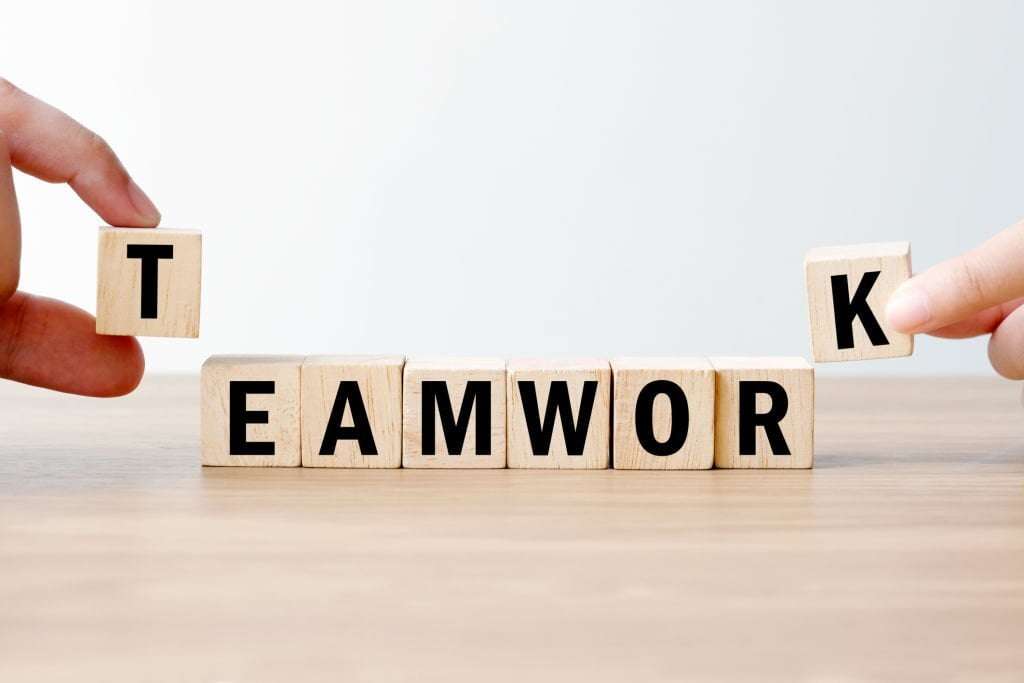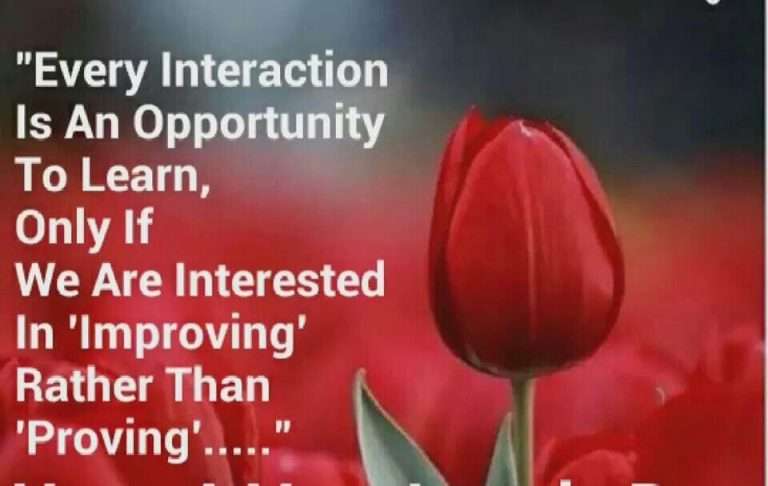





Talent wins games, but teamwork wins championships – Michael Jordan.
What Is Team Building?
Team building essentially is a leadership strategy to engage, influence, and improve team cohesiveness & overall team performance.
Employees need more than a fleeting warm-fuzzy feeling and a good paycheck to invest their full potential and achieve more for the company.
They want purpose and meaning from their work. They want to be known for what makes them unique. They want relationships, particularly with a manager who can coach them to the next level.
One of Gallup‘s biggest discoveries is the shift that we’ve made in our expectations at the workplace.
It could also have structured activities led by an internal facilitator or with a proper budget, time & resources, it could be an elaborate team-building offsite activity involving facilitation by an experienced external facilitator.

Why Is Team Building Important in the Workplace?
Great things in Business are never done by one person, they’re done by a team of people – Steve Jobs.
Lack of such unison among the teams and/or team members complicates both communication & collaboration factors resulting in Disagreements, Poor information sharing, Unclear priorities, Delays, Task Duplication, Mistrust, Rivalry, Blaming, Lack of self-accountability and overall high-stress low productivity environment.
Intervening through Team Building helps team members develop positive relationships with each other. It provides a safe space to be vulnerable & not hide behind any facades.
Both Bala & Anita in the above case study, post team building, no longer feel like an alien for being a newbie or career gap team member. They feel ok about being who they are and feel much more comfortable sharing their ideas, asking for help, admitting mistakes as well as giving creative input to solve problems.
Suman didn’t know how to make frequent meaningful conversations with the team members and his efforts were often interpreted as micromanaging. Post team building, he noticed the team is geared up to function as a single unit, meeting every morning for a team huddle, sharing what their day’s priority is & seeking support from each other to overcome their challenges. He seizes this opportunity to shift from “telling” to “leading” as a Coach – encouraging collaboration, and big picture thinking while drawing individual strengths to come together in developing milestones and benchmarks for the team to keep everyone accountable and gauge their collective progress & accomplishments.
For Ashok, it didn’t come as a surprise to see the statistics on the number of companies investing in virtual team building has risen by 2500% during & post-pandemic. While the investment in Team building helped create an overall vibe of trust, collaboration & happiness among people working with each other, as a leader he is also cognizant of the fact that with a fully engaged workforce, his company is now geared up to generate twice the revenue.
The other intangible yet the proven benefit of team building is – Connecting the individual employee’s personal values to the company’s values & mission. This further helps individuals make hundreds of everyday decisions in alignment with the company’s values, which in a larger sense contributes to congruent company culture, attracting the right kind of talent & improving the attrition rates.
Stages of Team Formation & Why Leaders Need to Prioritize Team Building

Team building is a great way to help leaders get a better sense of their team members’ skills, needs, fears, challenges, blind spots etc & encourage them to trust each other & figure out a way to come together as a team.
If team Building is not prioritized, the team can get bogged down by addressing constant conflicts/disagreements/ambiguity etc & never reach the desired high-performing stage.
Reasons Why Team Building Is an Essential Leadership Quality
Leaders who build great teams are:
Each of these broad qualities requires coming together of many fine skills such as active listening, presence, curiosity, trust in self & others, courage, direct communication, empathy etc.
The good news is, if leaders aren’t natural in being able to build great teams, they can be trained in the qualities that could help them build great teams. (Enhance your Leadership quotient by embracing a Coaching Mindset – https://www.regalunlimited.com/leaders-as coaches/)
How Regal Unlimited Can Help With Team Building

This blog is penned by Priya Sundaram, one of Regal’s ICF-ACC coach. Regal Unlimited takes pride having over 300+ Best ICF Certified Coaches. Connect with Priya Sundaram to explore Life and Leadership Coaching





